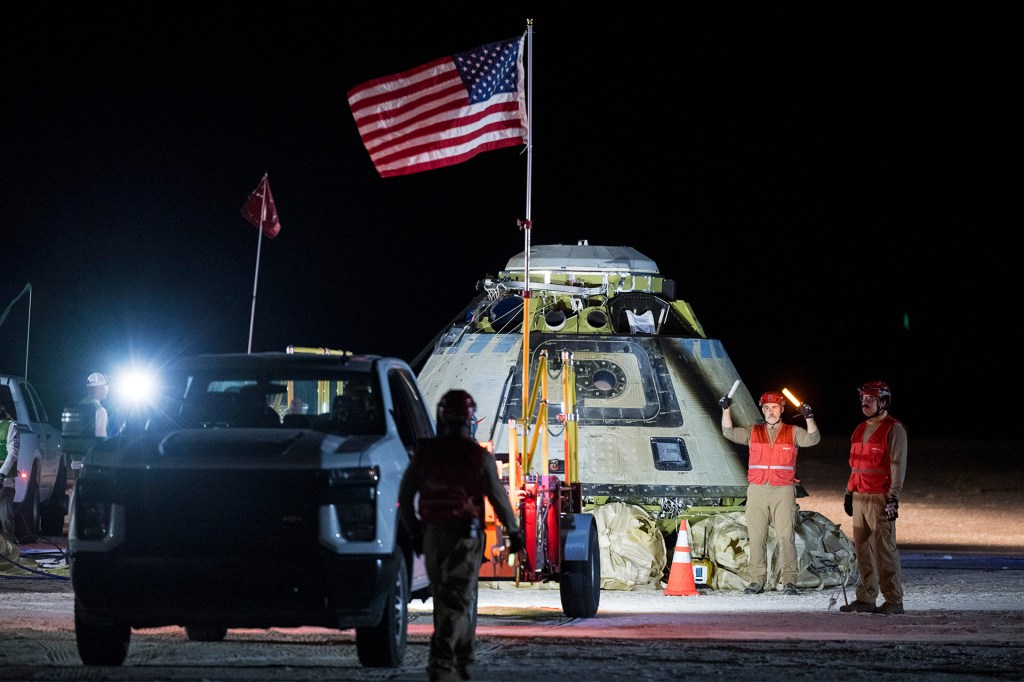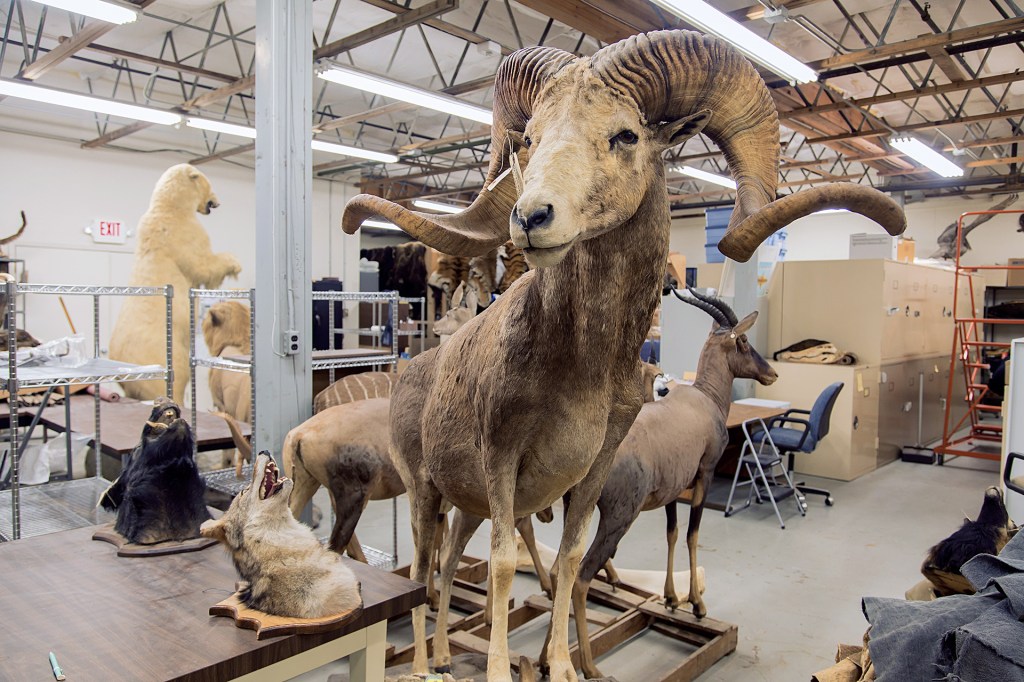
It was June 6, 1989, and President George H.W. Bush had just placed a ban on all imports of elephant ivory into the United States. A wildlife inspector spotted a shipment of about 200 ornately carved ivory buttons. The person shipping the buttons claimed they came from an unusual—but legal—source: the tusks of a mammoth, an extinct ancestor of the elephant.
The inspector thought that sounded suspicious. He called Ed Espinoza, deputy director of the first wildlife crime lab in the country, for help. Espinoza was stumped. He didn't know how to tell the difference between mammoth and elephant ivory. But after studying the two types of ivory under a microscope, Espinoza discovered that the lines under the surface of each species' tusk look completely different.
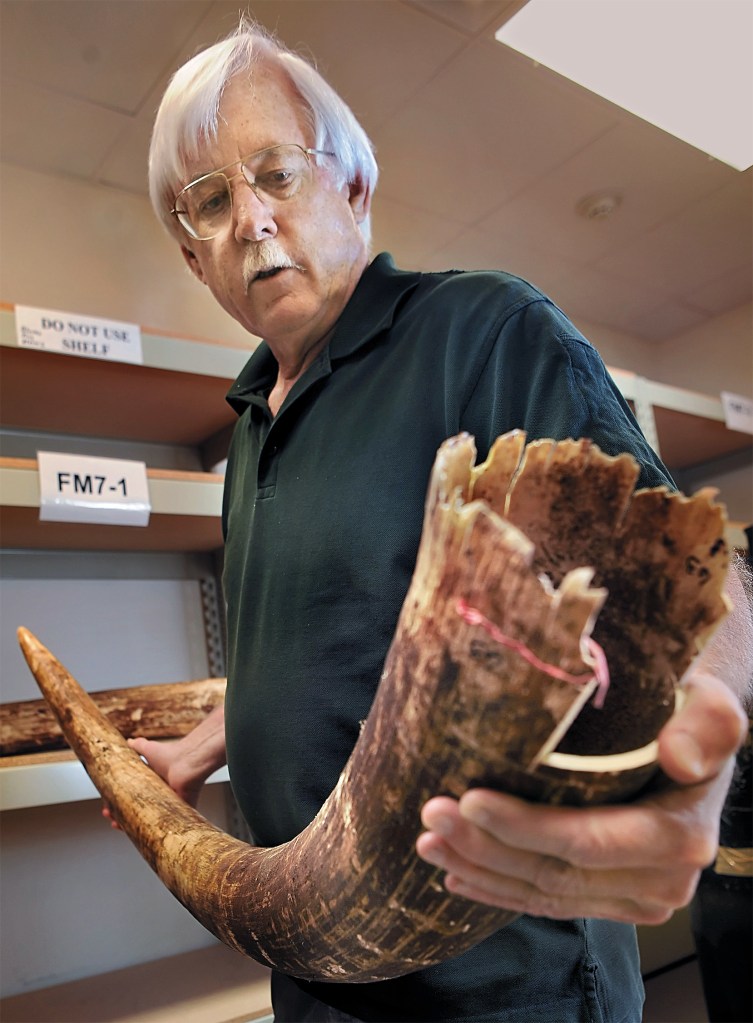
That detective work helped to squash the skyrocketing trade in elephant ivory disguised as mammoth ivory. "It turned out to be a simple solution," Espinoza told TFK.
On the Case
The National Fish and Wildlife Forensics Lab, in Ashland, Oregon, tackles up to 900 such cases each year. Every day, packages arrive filled with items ranging from rhino horns to eagle feathers to crocodile-skin boots and purses. All are evidence in criminal investigations. Scientists dust the items for fingerprints and examine them under microscopes. They also perform autopsies to find the cause of death. The scientists' aim is to answer two questions: "What is it?" and "Who did it?" Their work has stopped tiger traffickers, shut down sellers of rare animal parts, and put elephant poachers behind bars.
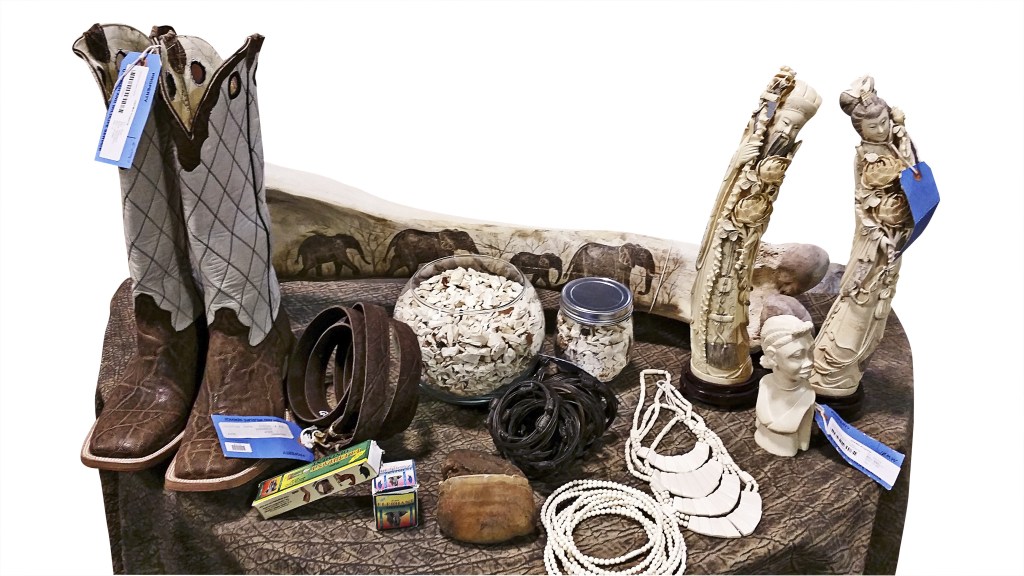
ILLEGAL Items are held in Commerce City, Colorado.
COURTESY U.S. FISH AND WILDLIFE SERVICEThe facility in Oregon is the official crime lab for the 180 nations that signed an agreement called the Convention on International Trade in Endangered Species (CITES). It protects about 1,000 species of rare plants and animals. "These are the most endangered species, and no trade is allowed whatsoever," says Espinoza.
Espinoza has worked at the lab since its creation, in 1989. He says that without the lab to prove a crime has been committed, wildlife trafficking would be out of control.
He offers the case of bear gallbladders as a prime example. One bear gallbladder goes for as much as $60,000 in Southeast Asia. A smuggler might try to tell authorities that illegal bear gallbladders are legal pig gallbladders. Without proof from the lab, the smuggler would get away with a crime. "I have no doubt that if we did not have the very strong laws that we have, the North American bear population would be wiped out in about a year," says Espinoza.
Do Your Part
You may not be a trained wildlife scientist, but that doesn't mean you can't stop criminals in their tracks. Laurel Neme is the author of Animal Investigators, a book on the wildlife forensics lab. She says you should never buy exotic pets or illegal animal products.
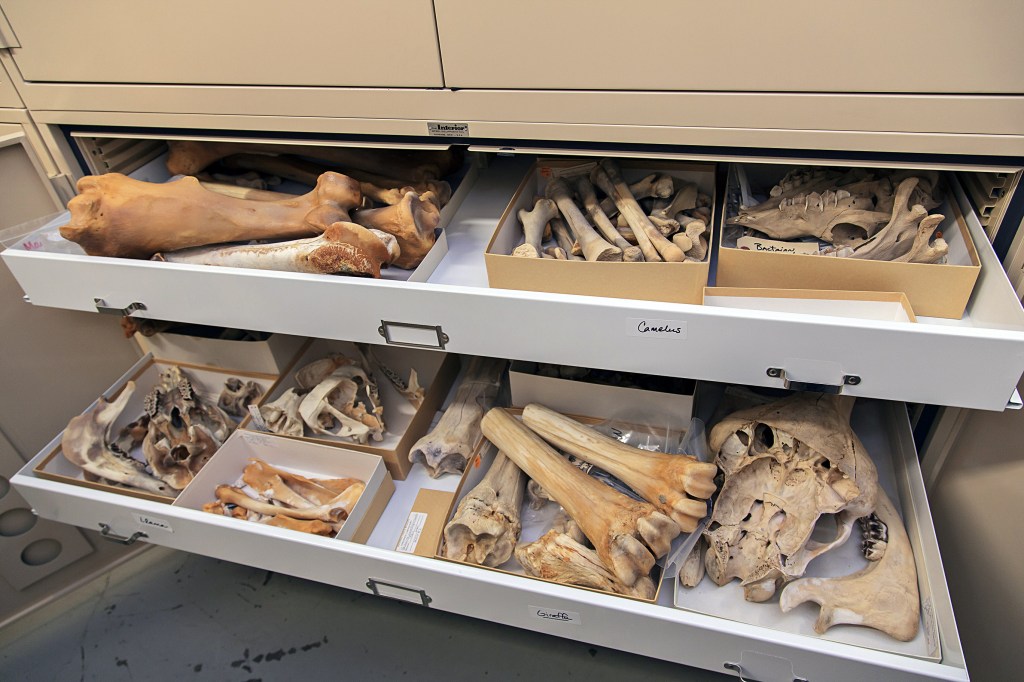
CRIME SCENE The bones in these drawers will be examined by scientists.
COURTESY U.S. FISH AND WILDLIFE SERVICEShe says that after a video of a pet owner tickling a slow loris got more than 5 million views, everyone wanted to own a cute big-eyed furry mammal. But don't give in to temptation! Instead, she advises you to think: "Hey, that's bad for the animal. It shouldn't be in captivity." That view may stop a crime, save an animal, and make the job of wildlife scientists in a lab in Oregon just a little bit easier.






